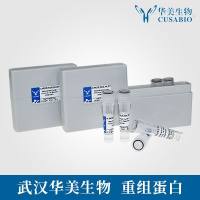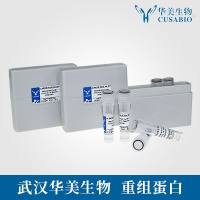Measurement of Plasma Nitrite by Chemiluminescence
互联网
470
Studies have demonstrated that plasma nitrite ( ) reflects endothelial nitric oxide (NO) production. In addition, has been shown to have biological activities associated with its reduction to NO in blood and tissues. Therefore, determination of plasma has been proposed as a prognostic marker for cardiovascular diseases. Typical concentrations of in the plasma are in the nanomolar range and determination of this poses a challenge in terms of both sensitivity and specificity. Thus, a highly sensitive, chemiluminescence method that is based on the reduction of by potassium iodide and iodine is being used to determine the nitrite in biological fluids. This method has the sensitivity, but also measures other nitric oxide species such as S -nitrosothiols and N -nitrosamines. We, therefore, developed an alternative method based on the reduction of by ascorbic acid in strongly acidic media. As part of the methodology, glacial acetic acid and ascorbic acid are introduced into the purge vessel of the NO analyzer. Samples containing are injected into the purge vessel and the chemiluminescence signals generated as a result of the formation of NO are then measured. We find that under these conditions is stoichiometrically reduced to NO. Other traditional NO-generating species, such as S -nitrosothiols, N -nitrosamines, nitrated lipids, and nitrated proteins, did not interfere in the determination of plasma . Using the present method, plasma in fasting human subjects has been determined to be in the range of 56–210 nM (mean � SD = 110 � 36 nM; n = 8).






